The James Bond franchise has earned approximately $16 billion in profit over 60 years since author Ian Fleming’s first book, Casino Royale, was published in 1953. But who exactly did Fleming have in mind when he came up with the legendary spy and womanizer James Bond?
Money, women, and…birds?
It starts with Fleming’s love for Jamaica, which is often the tropical backdrop in many of his Bond novels. While in Jamaica, Fleming became an amateur ornithologist and avid bird watcher. He often referenced Birds of the West Indies to help identify the different bird species on the island, and this book was written by none other than an expert ornithologist named James Bond.
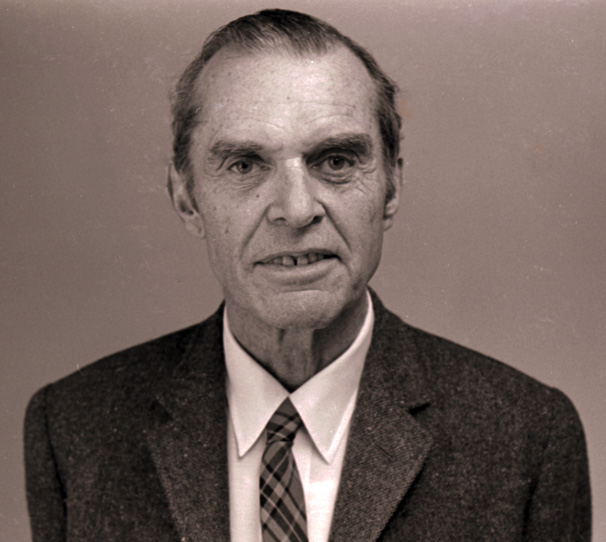
Fleming found the name to be a “blunt, ethnic-neutral, macho name,” perfect for his suave spy character, and never asked the real James Bond for permission to use it. Beyond his name, the character James Bond would take virtually no other inspiration from the real person. The actual James Bond was described as “a brilliant and sophisticated, but unassuming gentleman who devoted his life to studying the birds of the West Indies. The last thing he expected – or wanted – was to become a universal symbol of sex, glamour, and intrigue.”
Thanks to Fleming, the real James Bond received the type of attention he wasn’t necessarily looking for. In the middle of the night, his wife Mary would answer their home phone to women asking to speak with him, thinking he was the same charming secret agent as the fictional character named after him. The ornithologist James Bond was nothing like Fleming’s character, and those ladies would have been better off calling the men who inspired the fictional persona instead.
Roald Dahl did what?!
A major source of inspiration for the James Bond character came from Fleming’s friend Roald Dahl. Now we know him as the author of beloved children’s books, but before his days writing Charlie and the Chocolate Factory, Dahl was both a Royal Air Force (RAF) fighter pilot and a British spy. During this time, he became known as quite the lady’s man.
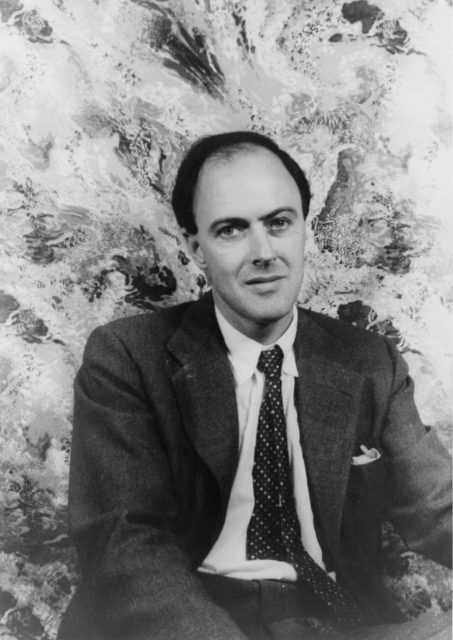
Back in his spying days, the six-foot-six Dahl would dress in his dashing RAF uniform and “network” with various socialites, journalists, and congresswomen in order to obtain useful information. This exchange of information usually ended up in the bedroom, and it was remarked by his heiress and socialite friend, Antoinette Marsh Haskell, that he was “arrogant with his women… he slept with everybody on the east and west coasts that [was worth] more than $50,000 a year.”
Dahl developed quite the reputation. In 1942, he was sent to Washington, DC to try and subtly influence politicians there to advocate for US support on the ground during WWII. Given his fast-paced and dangerous lifestyle, it seems only fitting that Dahl actually wrote the screenplay for the Bond film You Only Live Twice (1967).
Popov and Jebsen
But Dahl wasn’t the only friend from the war that inspired Fleming’s Bond character. Serbian spy Dusko Popov and German double agent Johann Jebsen also inspired many of the characteristics and events we attribute to the James Bond character.
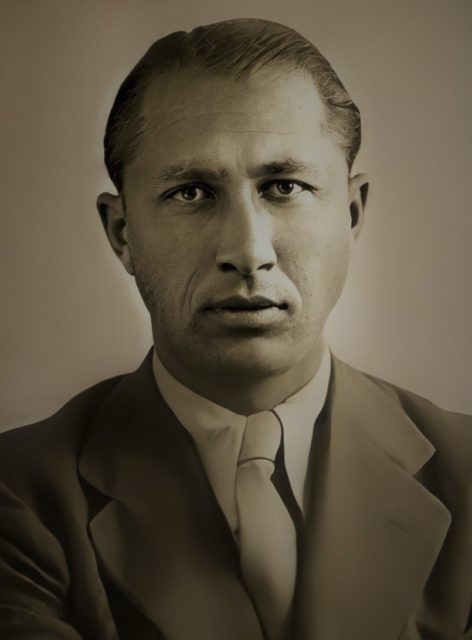
Popov grew up rich and was exposed to yachts and private schools. When he went to college in Germany, he met Jebsen and the two immediately became friends. The two men shared many qualities, like their love of fast cars and even faster women.
Popov was louder than Jebsen and often found himself arguing in pubs with those who did not share his political views. In 1937, this got Popov in a bind and in the custody of the Gestapo. Jebsen called Popov’s father for help, and thanks to his family’s reputation and wealth, he was released eight days later. Both Popov and Jebsen then agreed to spy as double agents and work with the British through the war.
Operation Midas
During Operation Midas, Popov had told the Germans he was going to set up a spy ring in London and so they gave him approximately $590,000 (adjusted for inflation) to do the job. Instead, of course, Popov was to take that money and present it to MI6. Though not assigned to Midas himself, Fleming was likely asked to watch over Popov and supervise him to ensure that the money made it to the right people. The two of them ended up at the Palacio Hotel in Portugal, and after setting up shop at a baccarat table at Casino Estoril, Popov lost MI6’s money against a boorish opponent.
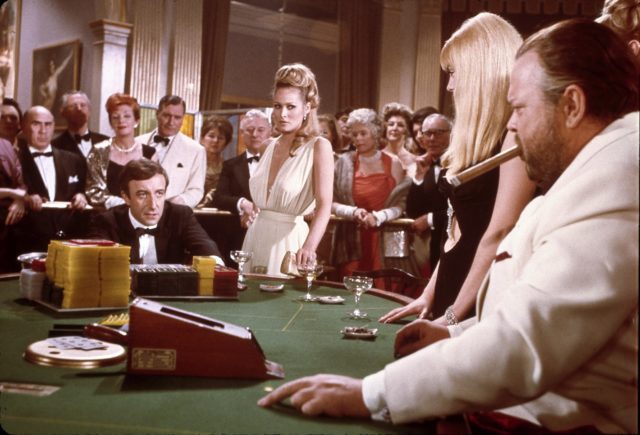
This may sound familiar, as it is essentially an exact part of the plot for Casino Royale. The Palacio Hotel becomes the Splendide Hotel, the boorish man becomes LeChiffe, Popov becomes Bond, and they gamble the MI6’s money in a thrilling game of baccarat.
A bit of himself in Bond
Before his days as a writer, Fleming himself was a bit of a bad boy. In his early years at Eton College, his mother had to strike a deal with the headmaster that he would no longer attend the school due to his love of partying, girls, and fast cars – much like his character James Bond. Unlike the real James Bond who graduated from Trinity College at Cambridge and dedicated his life to academia, Fleming excelled at the physical elements of school and had to work at finding his flow with writing.
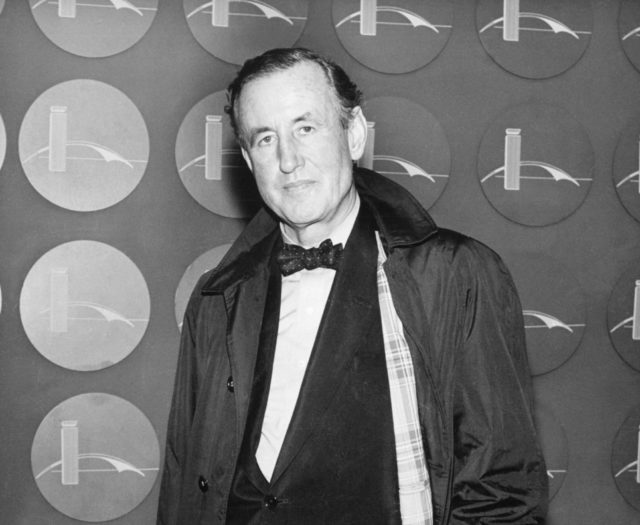
While at various colleges, Fleming always had an abundance of female companions and he developed for himself the reputation of an irresistible womanizer. Following his education, he became a journalist and in 1933, he flew to Moscow to cover an espionage trial of six British engineers. Being immersed in the country, the Foreign Office asked Fleming’s opinions of Stalin’s Soviet Union.
More from us: From a Deliberately Dull Name to Sean Connery’s Wig: Fun Facts About James Bond
Come 1939, the Foreign Office called on Fleming to travel back to Russia, posing as a journalist, but actually acting as a spy gathering intel on the Russian military. That same year, Fleming was appointed Lieutenant in the Royal Navy Reserves and worked as an Intelligence Officer – the same rank as his character James Bond.
